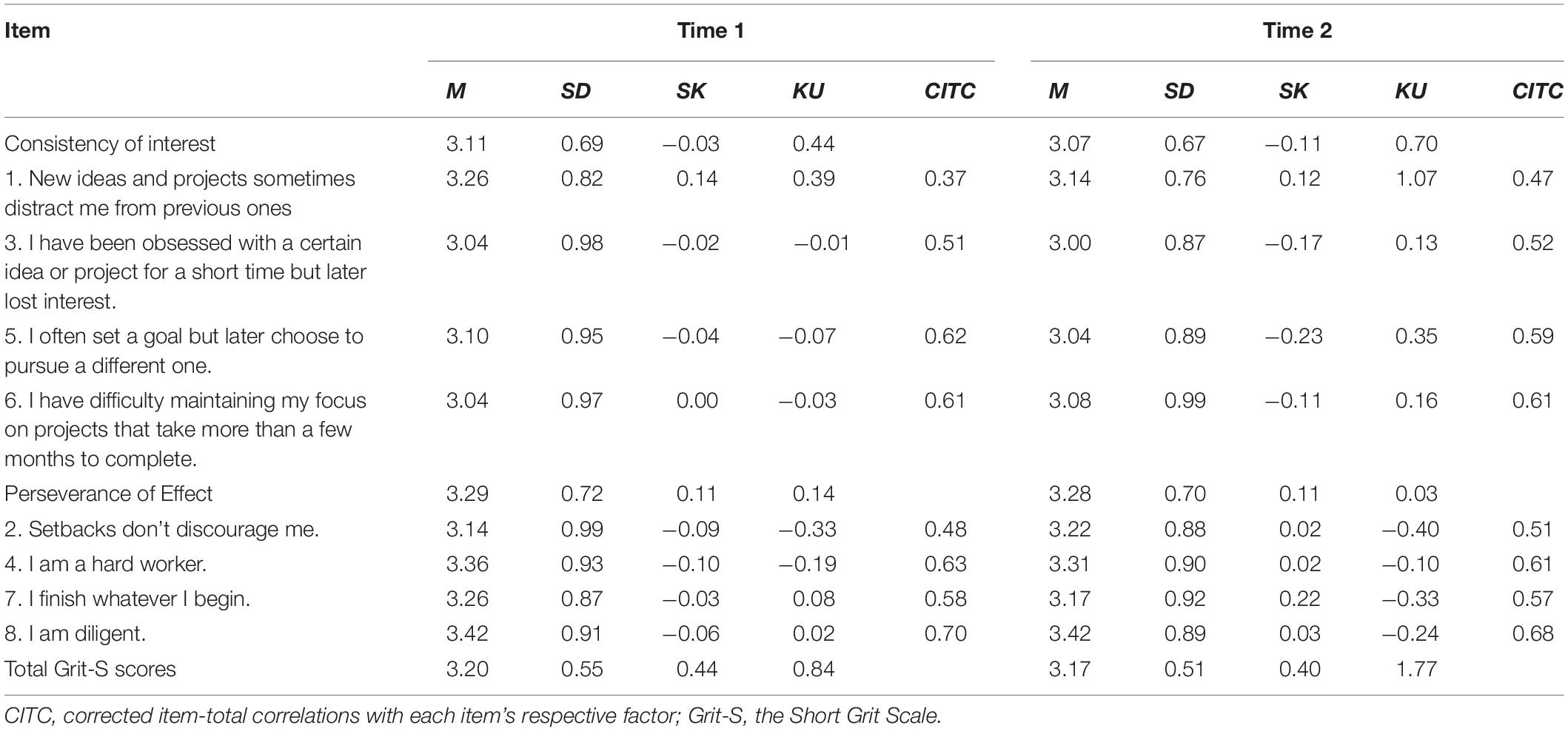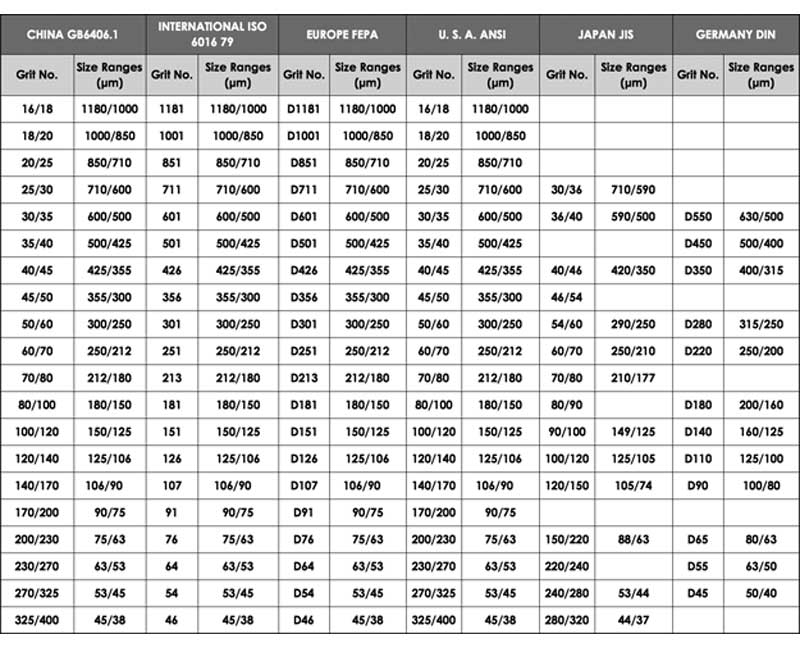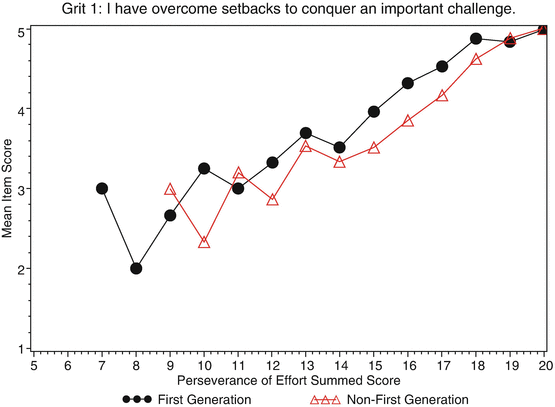
However, previous research is limited for predictability of perseverance and success in non-cognitive fields such as kinetic output (29, 32). Research has shown Grit-S’s ability to predict effort and achievement in the following areas: academic outcomes in students (e.g., grade point average and scholastic achievement test scores), completion of West Point’s “Beast,” and National Spelling Bee competitors (13, 14). and Duckworth and Quinn (14) created Grit-S, a psychometric assessment that quantifies capacity for sustained effort and achievement universally across domains. Refusing to accept intelligence and talent as an arbiter of accomplishment, Duckworth et al. Purported as a crucial personality trait linked to success, grit is defined as passion and perseverance for long-term goals with consistent effort and interest, while overcoming adversity, failures, and stagnation in progress. In an attempt to define and quantify this phenomenon, Duckworth et al. Leaders have long sought an accurate method of predicting the potential of followers to maximize production, foster improvement, and motivate appropriately.

Key Words: kinetic output, heart rate monitor, team sports, passion, sport and performance psychology Teachers, coaches, parents, and leaders who adopt mastery and process-driven practices can design supportive, motivating, and purposeful organizations to enhance grittiness and overall well-being. This study has implications for anyone involved in the process of human development and performance. Validating and testing new and unbiased instruments to determine how grit varies across other areas of student achievement can improve the educational experience and potential positive outcomes. Inconclusive results of this study warrant further investigation into Grit-S’s predictability in sport and exercise performance as well as other kinesthetic domains. The sample consisted of 134 students aged 15-18 at a heterogenous low-socioeconomic high school. A multiple regression analysis established associations with the main variables and population dynamics: age, gender, race, and socioeconomic status. This quantitative study utilized a correlative design to establish relationships between Grit-S and kinetic output measured with heart rate monitors. Research and findings in this study reveal that grit is more complicated than a singular quality that determines effort and achievement.

Limited research exists in noncognitive fields such as kinetic output and physical activity, using objective third-party assessments, and in diverse populations (7, 11, 29, 32).


Research has supported Grit-S’s predictability of effort and achievement in predominately cognitive domains. (13) created grit theory and the psychometric assessment Grit-S (14). To define and quantify this phenomenon, Duckworth et al. McClelland (22) defined grit as someone who purposefully sets challenging long-term goals, undeterred, despite the absence of positive feedback. Willow Springs, GRIT: PREDICTABILITY OF EFFORT AND ACHIEVEMENT IN PHYSICAL EDUCATION Shepard High SchoolĢDepartment of Sport and Performance Psychology, University of Western States, Portland, OR, USAģPresident at Optimum Performance & Wellness Associates, Kansas City, MO, USAĤDepartment of Sport and Performance Psychology, University of Western States, Portland, OR, USAĥDepartment of Sport and Performance Psychology, University of Western States, Portland, OR, USAĦElite Performance Coach, Valor Performance, Greensboro, NC, USA Authors: Meany, Brendan 1, Weigand, Daniel 2, Woolsey Conrad 3, Lodato, Vincent 4, Otto, Wendell 5, & Owens, Robert 6ġDepartment of Physical Education, Alan B.


 0 kommentar(er)
0 kommentar(er)
